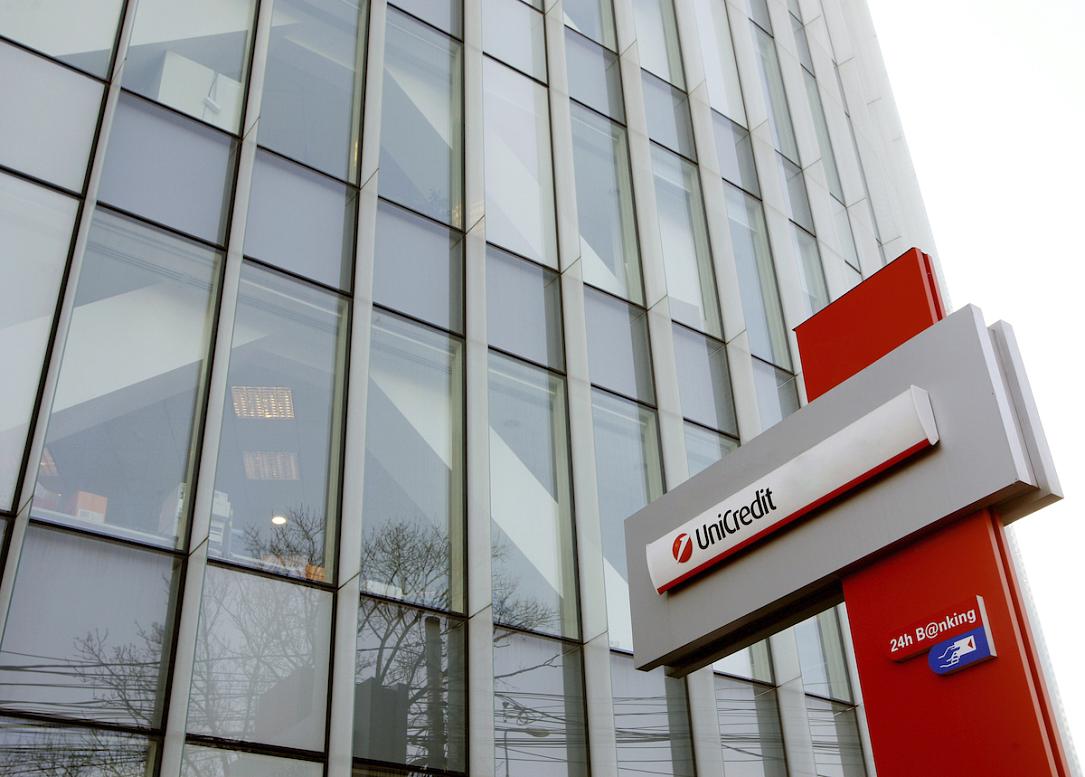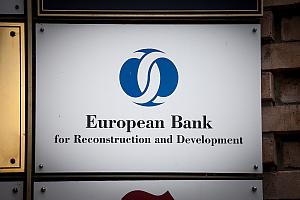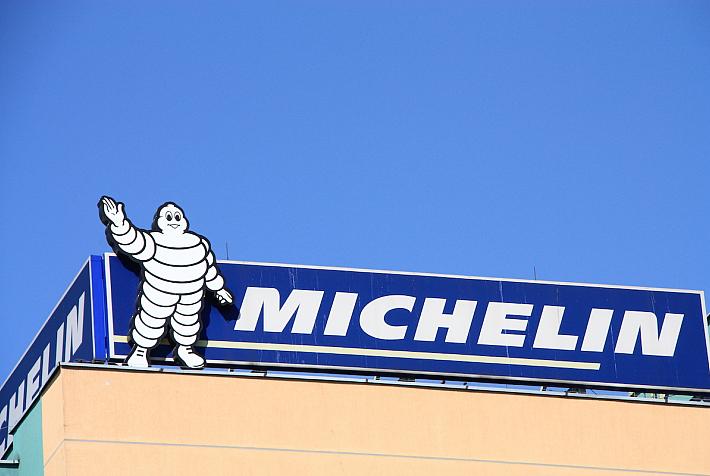UniCredit projects for Romania economic slowdown to 1% next year, with downside risks

Romania's GDP could add around 6.4% this year, but next year's growth could dip to just 1.0%, with risks to the downside, according to the latest edition of UniCredit Bank's CEE Market Strategy report.
While the cost of energy subsidies and transfers to energy companies could be around 5% of GDP, additional revenues from energy companies might surpass RON 50 bln (3.6% of GDP) and, thus, allow the government to keep the budget deficit at around 6% of GDP in 2022. A deficit of about 7% of GDP (in line with the Fiscal Council's estimate) might be on the cards if subsidies exceed current estimates.
Under the alternative scenario of early elections being called next year, a budget deficit of more than 6% of GDP might keep economic growth above 2%.
As regards inflation, with price caps in place until August 2023, UniCredit Bank analysts expect inflation to fall into single digits in April 2023 and end next year at around 8.4%.
Given the economic and inflation outlook, they expect the National Bank of Romania to end rate hikes at 6% by November 2022 and not carry out rate cuts next year. The collapse of the GDP growth and political stability by mid-2023 may be conducive to such rate cuts, though.
Fiscal policy and the Current Account (CA) deficit are two of the biggest risks to monetary policy, according to the BNR.
On the external balance side, a larger trade deficit is expected to push the CA shortfall above 9% of GDP this year, despite better transfers from the EU. Next year, the CA deficit might exceed 7% of GDP.
iulian@romania-insider.com
(Photo source: Dreamstime.com)
















